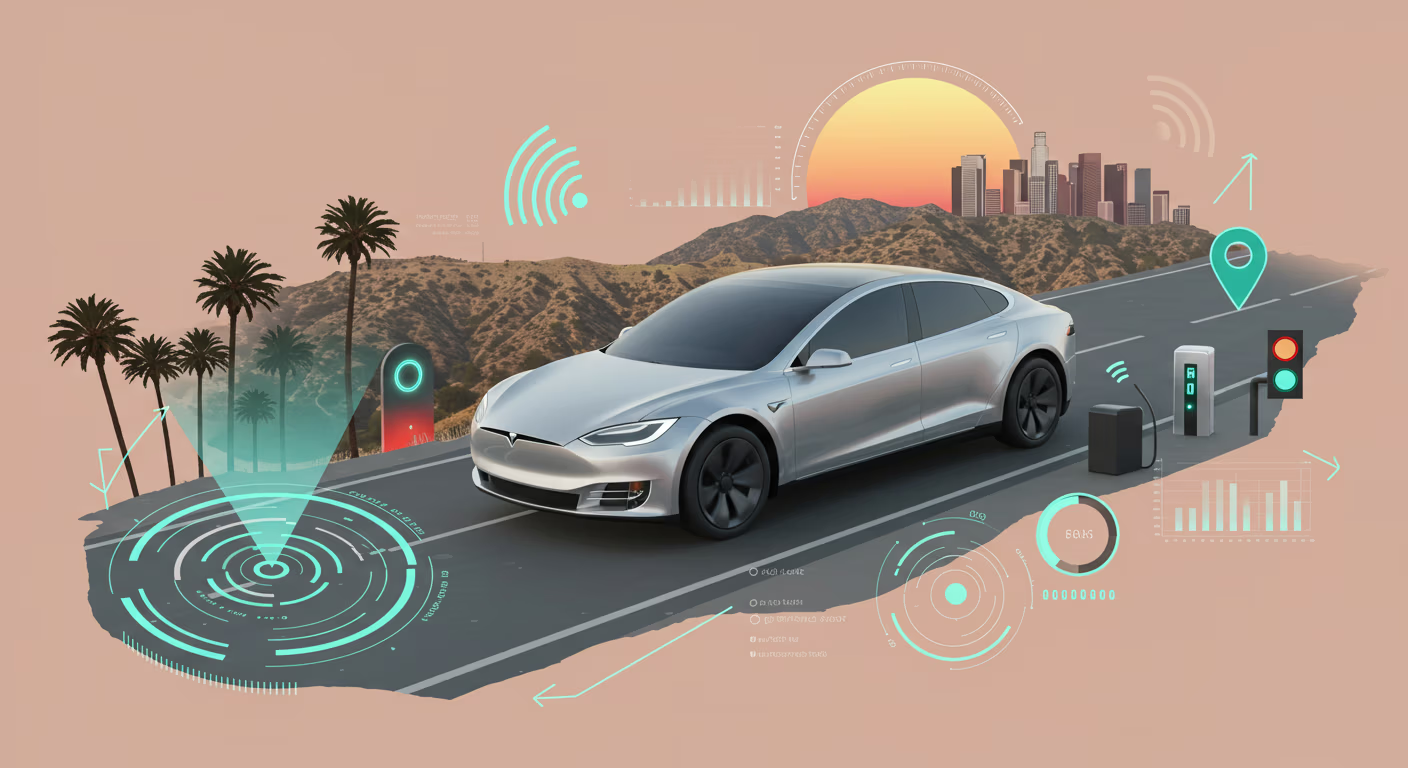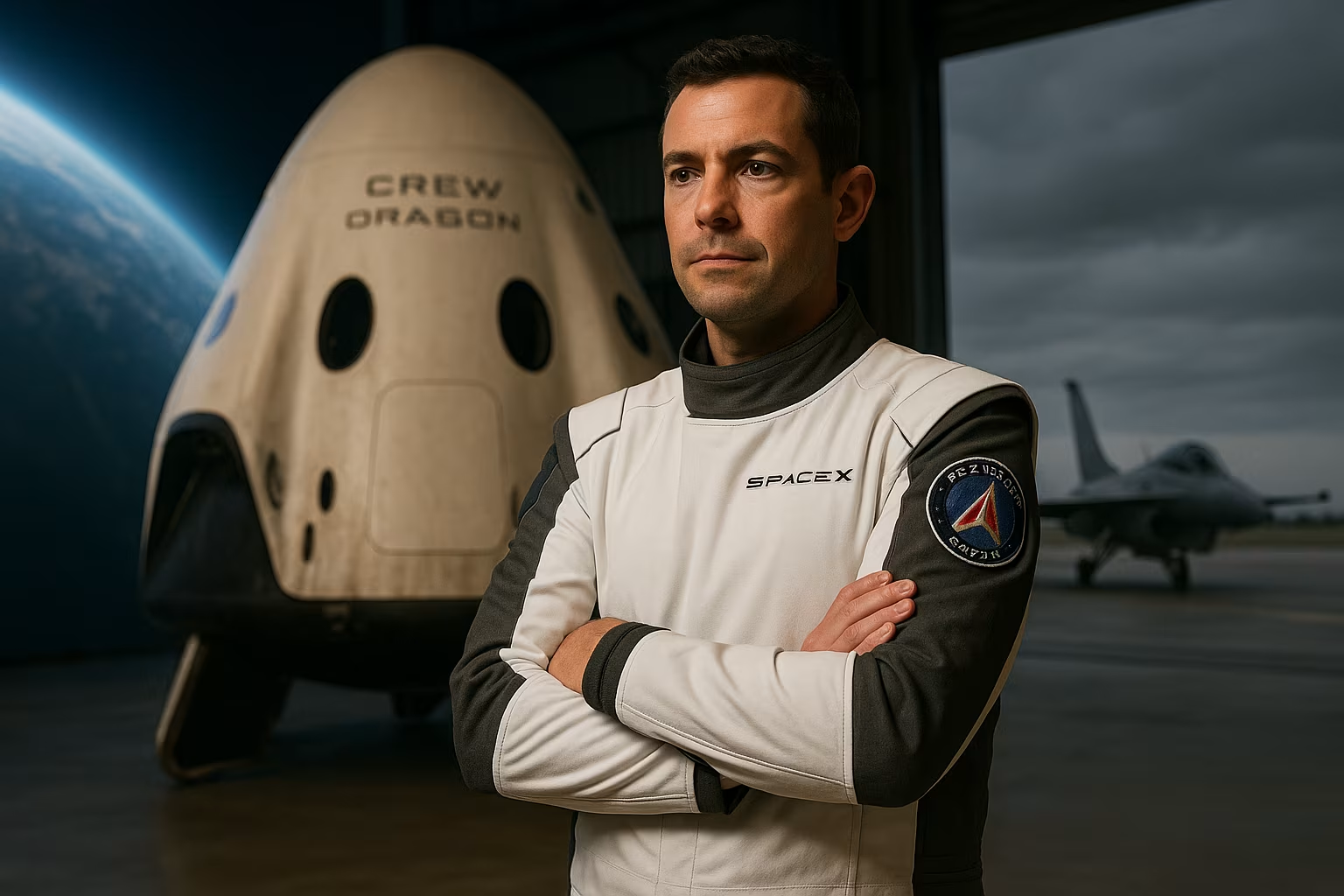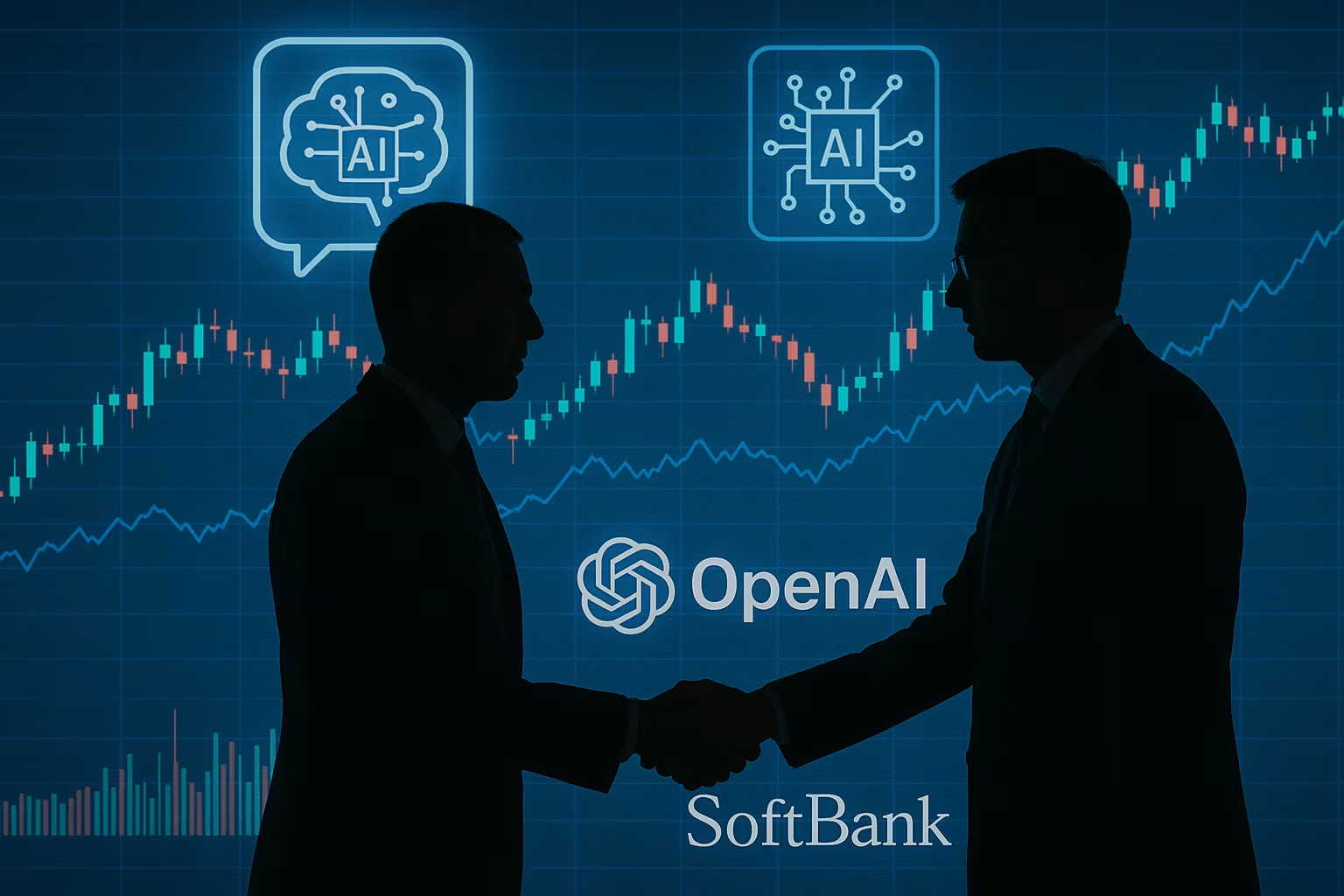Tesla has taken a bold step forward in the self-driving car race by initiating the launch of its Robotaxi service in California, marking a significant move toward autonomous mobility. The company updated users of its Robotaxi app with new terms of service, revealing crucial details about its deployment strategy and regulatory compliance. This development comes amid growing scrutiny from lawmakers and regulatory bodies, especially regarding the legal framework surrounding autonomous vehicle operations in California.
In this article, we break down everything we know about Tesla’s Robotaxi service, its supervised Full Self-Driving (FSD) technology, the legal implications, and what it means for the future of self-driving transportation in the United States.
Tesla’s New Robotaxi Terms of Service
On Saturday, Tesla quietly rolled out a new terms of service agreement to users of its Robotaxi app. This update specifically addresses the company’s operations in California, with a clear distinction between rides conducted within the state and those outside of it.
The agreement clarifies that:
- California rides will be supervised: Each trip within California will involve a safety driver actively overseeing the journey using Tesla’s supervised Full Self-Driving (FSD) software.
- Out-of-state rides may be autonomous: Outside California, rides could be conducted autonomously, without a human in the driver’s seat.
This carefully worded update shows Tesla’s effort to navigate California’s strict autonomous vehicle regulations, which require clear oversight for commercial use of autonomous driving technologies.
Launch Location: San Francisco Bay Area
Internal communications from Tesla indicate that the Robotaxi program is being initially launched in the San Francisco Bay Area, with select users and employees granted early access. According to a company memo, this pilot phase includes safety drivers who retain manual control capabilities such as steering and braking.
The rollout is described as a paid service, not merely a testing program, and marks a major milestone for Tesla’s long-promised autonomous taxi ambitions.
Supervised Full Self-Driving: What Does It Mean?
Tesla’s Full Self-Driving (FSD) software has long been marketed as a powerful tool capable of:
- Changing lanes automatically
- Making turns at intersections
- Recognizing stop signs and traffic lights
- Navigating urban environments
However, the technology still requires a licensed human driver to monitor the system and take control when necessary — hence the term “supervised FSD.” The version being used for Robotaxi rides in California may differ from what is available to public FSD subscribers, although this remains unclear.
Tesla has not publicly confirmed whether this supervised version includes new features or safety enhancements, but its deployment under regulatory supervision suggests a carefully tailored configuration.
Regulatory Oversight and Legal Gray Areas
Tesla’s actions have drawn swift attention from California lawmakers and regulators. Senator Scott Wiener criticized the company publicly, stating that Tesla lacks the necessary autonomous vehicle deployment permits from the California Department of Motor Vehicles (DMV). He emphasized the importance of compliance:
“We have permitting & safety rules for a reason. Elon isn’t exempt.”
As of now:
- Tesla holds a testing permit from the California DMV allowing supervised operation with a human driver.
- Tesla has not applied for a driverless deployment permit, which would allow fully autonomous service without human intervention.
- The California Public Utilities Commission (CPUC) confirmed that Tesla does have a Transportation Charter Party (TCP) permit to offer services to employees and their friends or family.
The CPUC also stated that Tesla notified regulators of its intent to expand operations under this existing permit — a move that appears to walk a legal tightrope between testing and commercial service.
Why California Is a Unique Challenge
California has long been a leader in autonomous vehicle testing but enforces stricter rules than many other states. While Tesla can operate in places like Texas or Florida with minimal oversight, California:
- Requires explicit permits for autonomous deployment
- Imposes transparency obligations for AV data collection
- Can revoke permits if a company violates safety protocols
By launching its Robotaxi service with safety drivers in California, Tesla may be testing the regulatory waters before pushing for full autonomy later. It’s a calculated move that allows the company to begin monetizing Robotaxi services while remaining in partial compliance with the law.
Elon Musk’s Ambitious Robotaxi Vision
Tesla CEO Elon Musk has repeatedly claimed that the future of transportation lies in autonomous ride-sharing networks. Musk envisions a world where:
- Privately owned Teslas can be added to a Robotaxi fleet
- Cars generate income for their owners while they’re not in use
- Urban congestion and vehicle ownership costs are drastically reduced
The Robotaxi launch is a major step toward this goal, but Musk’s timeline has faced frequent delays, and critics argue that the technology isn’t ready for widespread adoption.
Still, during Tesla’s recent earnings call, VP of AI Ashok Elluswamy stated that the company was:
“Working with the government to get approval and, in the meanwhile, launching the service with a safety driver just to expedite.”
This hints at Tesla’s intent to scale gradually, beginning with supervised rides and eventually transitioning to full autonomy.
Safety Concerns and Public Trust
Despite advances in machine learning and driver assistance systems, public trust in autonomous vehicles remains a barrier. Tesla’s FSD software has been involved in several high-profile incidents, and critics argue that the system is not yet robust enough to be trusted without human oversight.
In fact, recent reports suggest that Tesla’s push toward autonomy may be racing ahead of regulatory and technological readiness, which could jeopardize both user safety and public perception.
Lawmakers like Senator Wiener have already warned that any deployment of AVs without the proper legal framework should result in impoundment and legal action.
What’s Next for Tesla’s Robotaxi Service?
The current rollout is limited in scope, involving safety drivers and a small user base. However, if successful, Tesla may expand to:
- Other parts of California
- Additional U.S. states with looser AV regulations
- International markets where self-driving tech is more readily accepted
Tesla will need to work closely with regulators, fine-tune its FSD software, and ensure data transparency if it wants to scale Robotaxi services beyond experimental deployments.
It also remains to be seen whether the public is ready to embrace ride-hailing without a driver — or if legal roadblocks will slow the path to autonomous mobility.
Tesla’s Robotaxi launch in California is a bold and strategic move in the self-driving car industry. By opting for supervised rides under regulatory guidance, the company is attempting to balance innovation with compliance — all while laying the groundwork for future expansion.
Still, the lack of full AV permits and lingering safety concerns mean the journey toward fully autonomous Robotaxis is far from over. As regulators, lawmakers, and consumers evaluate the implications, Tesla’s California rollout may become a test case for the future of autonomous transportation in America.





